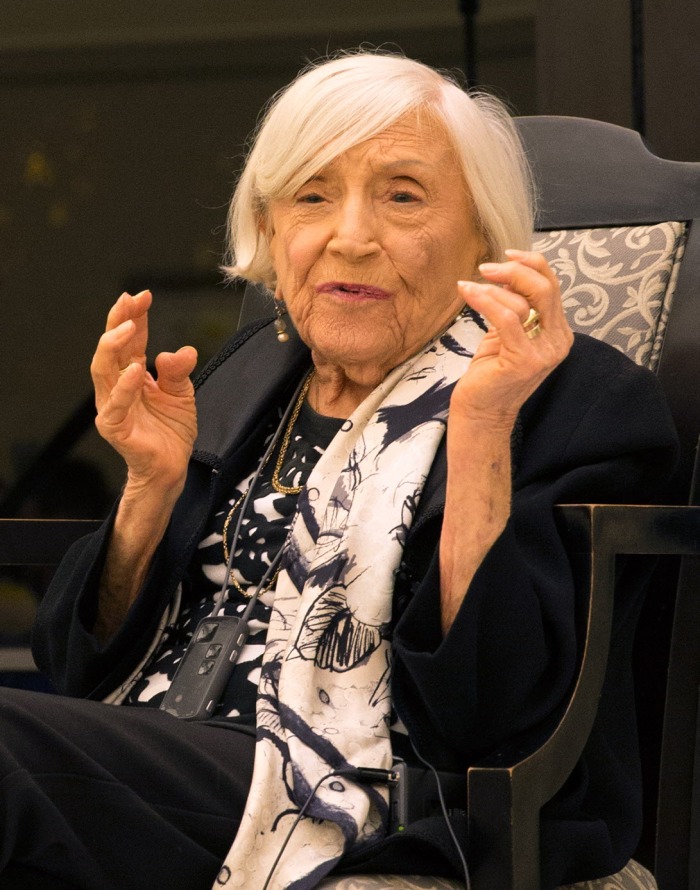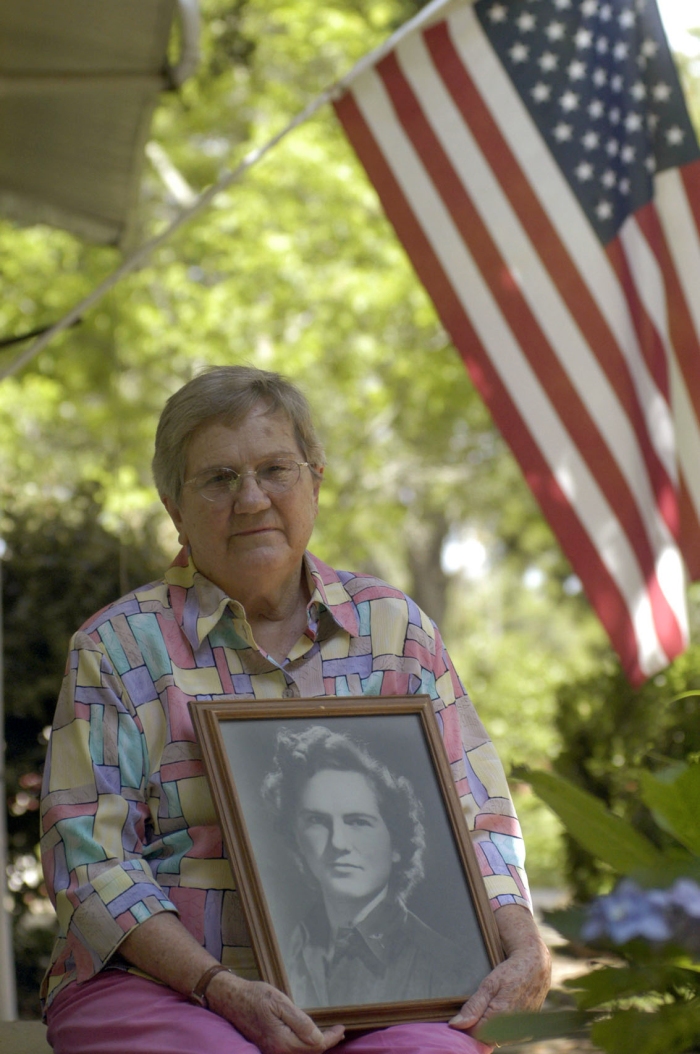 Marthe Cohn speaks about her World War II experiences. (Photo by Raegan Labat, used by permission of The Advocate, Baton Rouge, Louisiana)
Marthe Cohn speaks about her World War II experiences. (Photo by Raegan Labat, used by permission of The Advocate, Baton Rouge, Louisiana)
By George Morris
For four years in France during World War II, Marthe Cohn tried to avoid German forces while helping fellow Jews do the same. Her sister, Stephanie, was unable to avoid the Nazis and died in Auschwitz.
Once Allied forces liberated Paris, however, Cohn was more than a survivor. She became a heroine.
Blonde, blue-eyed and fair-skinned, Cohn became a spy inside Germany and uncovered information credited for saving lives and speeding the war’s end.
Continue reading “An unlikely spy, Marthe Cohn risked life to help Allied cause”
 Siblings Marie Jorda Jones and Gerald Jorda saw their country, France, occupied then liberated during World War II. (Photo by Travis Spradling, used by permission of The Advocate, Baton Rouge, Louisiana)
Siblings Marie Jorda Jones and Gerald Jorda saw their country, France, occupied then liberated during World War II. (Photo by Travis Spradling, used by permission of The Advocate, Baton Rouge, Louisiana) Irma Darphin served as a nurse in Europe after the Normandy Invasion. (Photo used by permission of The Advocate, Baton Rouge, Louisiana.)
Irma Darphin served as a nurse in Europe after the Normandy Invasion. (Photo used by permission of The Advocate, Baton Rouge, Louisiana.) USS Shaw explodes during the attack on Pearl Harbor, Dec. 7, 1941 (National Archives)
USS Shaw explodes during the attack on Pearl Harbor, Dec. 7, 1941 (National Archives)
 Mass grave discovered in 1943 in Katyn, USSR.
Mass grave discovered in 1943 in Katyn, USSR. Frances Green, Margaret “Peg” Kirchner, Ann Waldner and Blanche Osborn during WASP ferry training on the B-17 Flying Fortress (U.S. Air Force photo)
Frances Green, Margaret “Peg” Kirchner, Ann Waldner and Blanche Osborn during WASP ferry training on the B-17 Flying Fortress (U.S. Air Force photo)